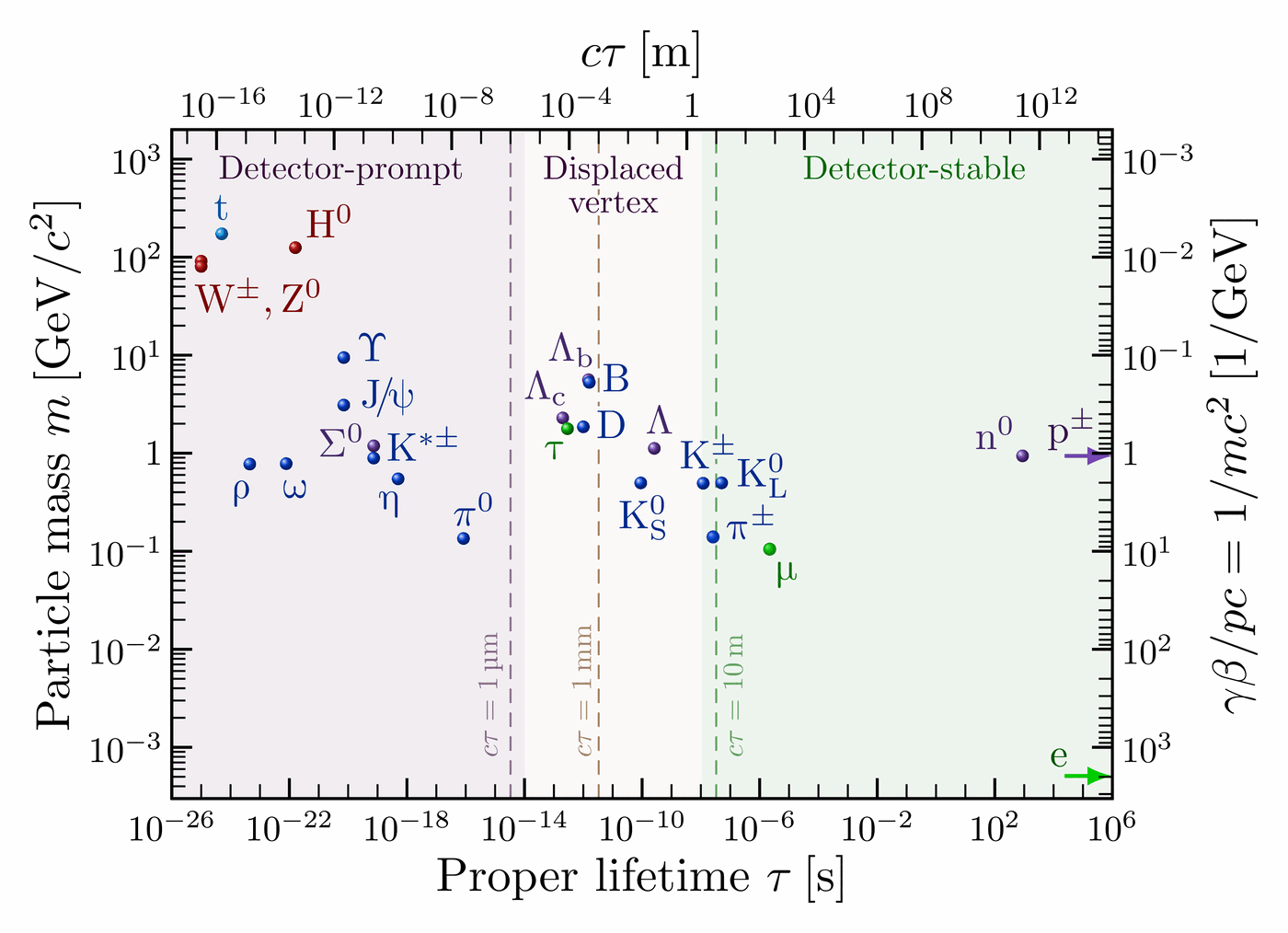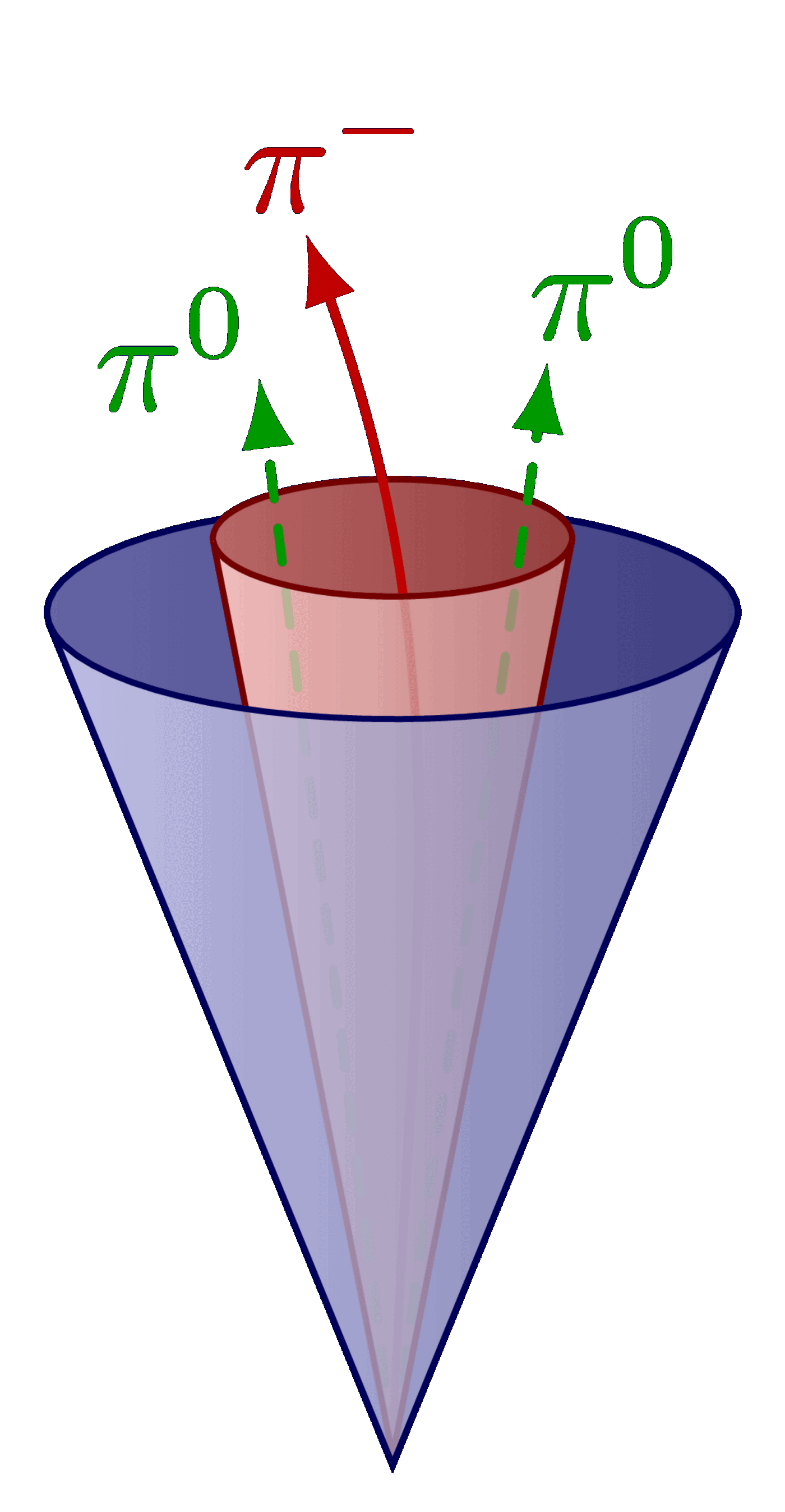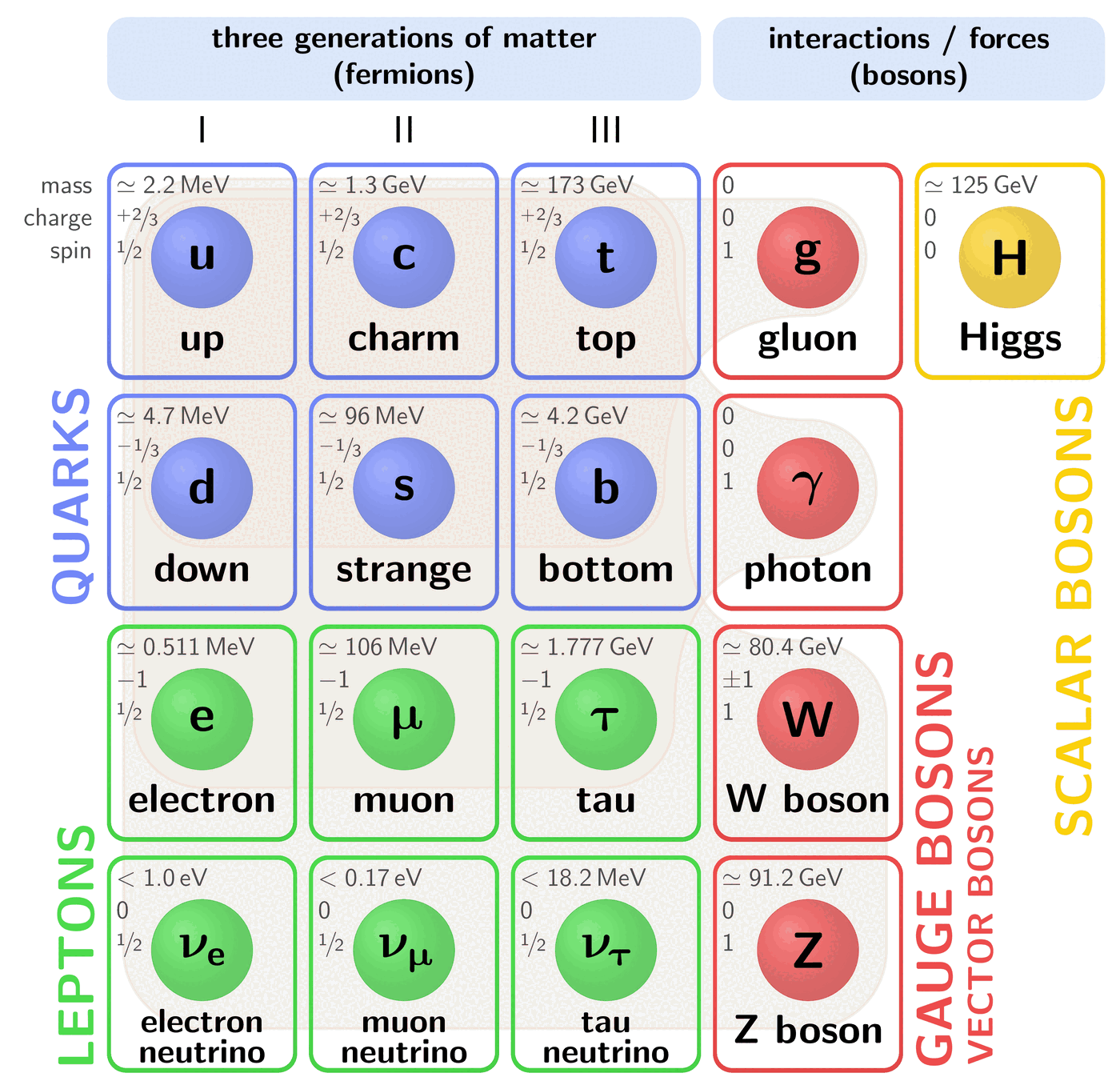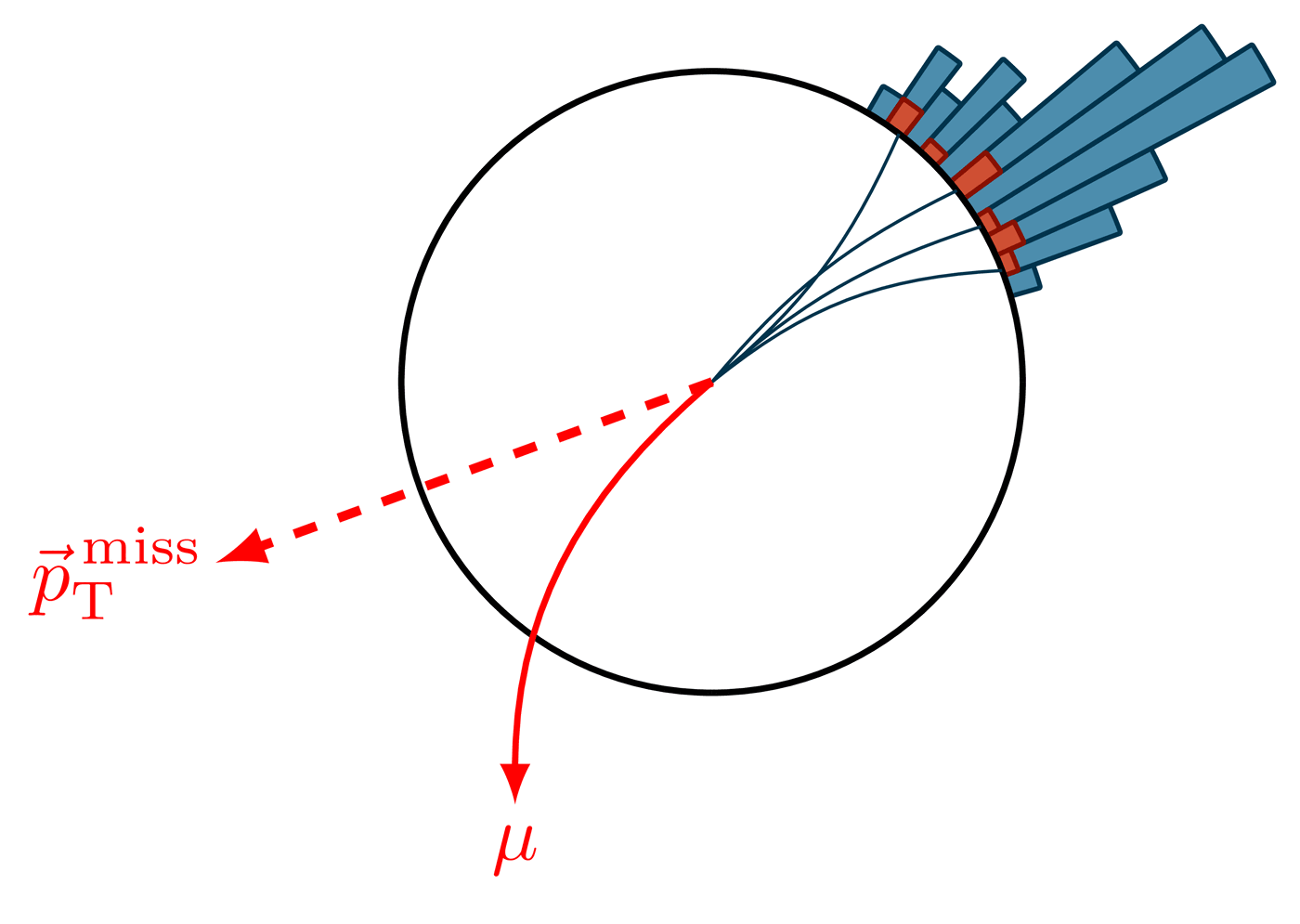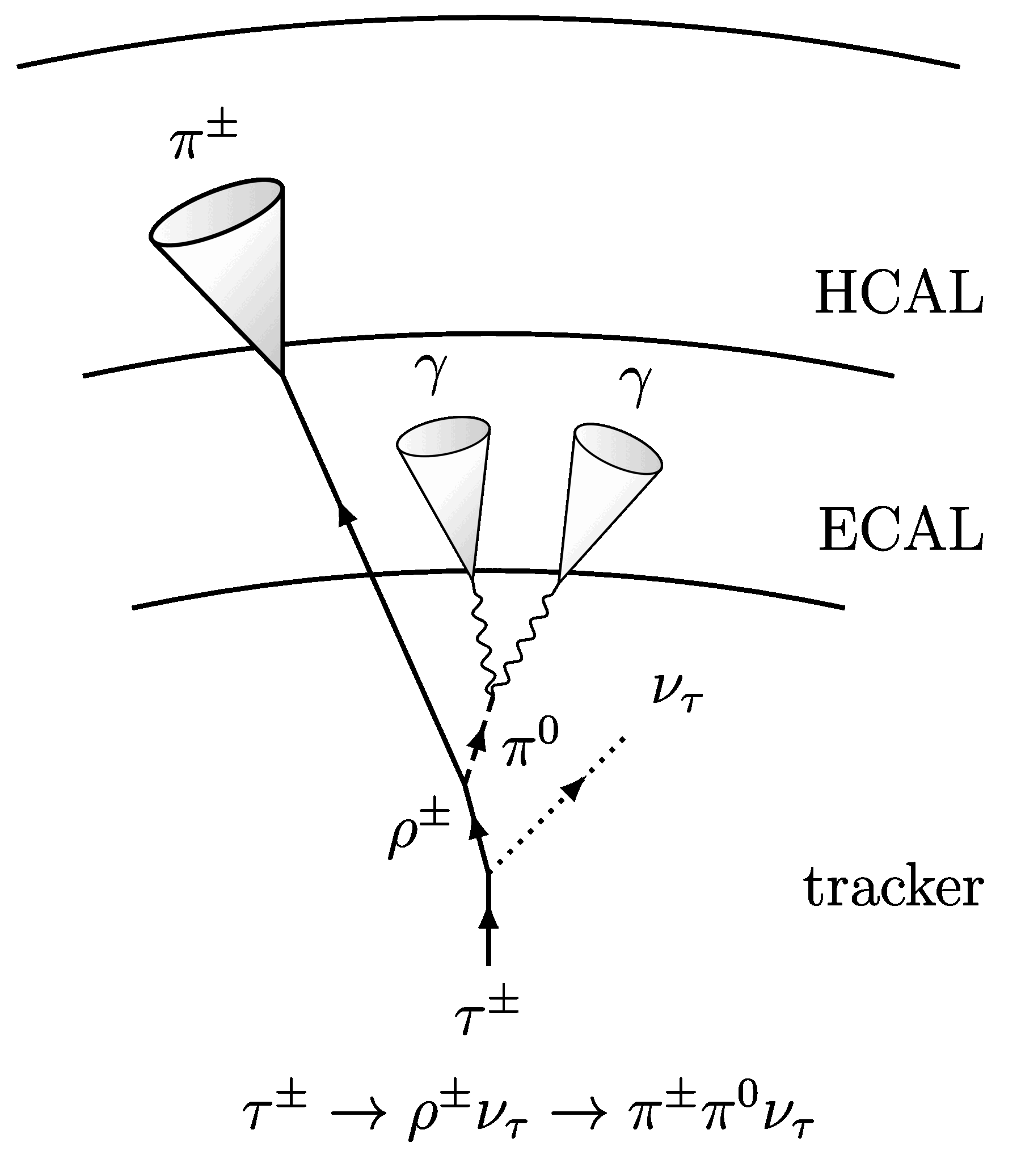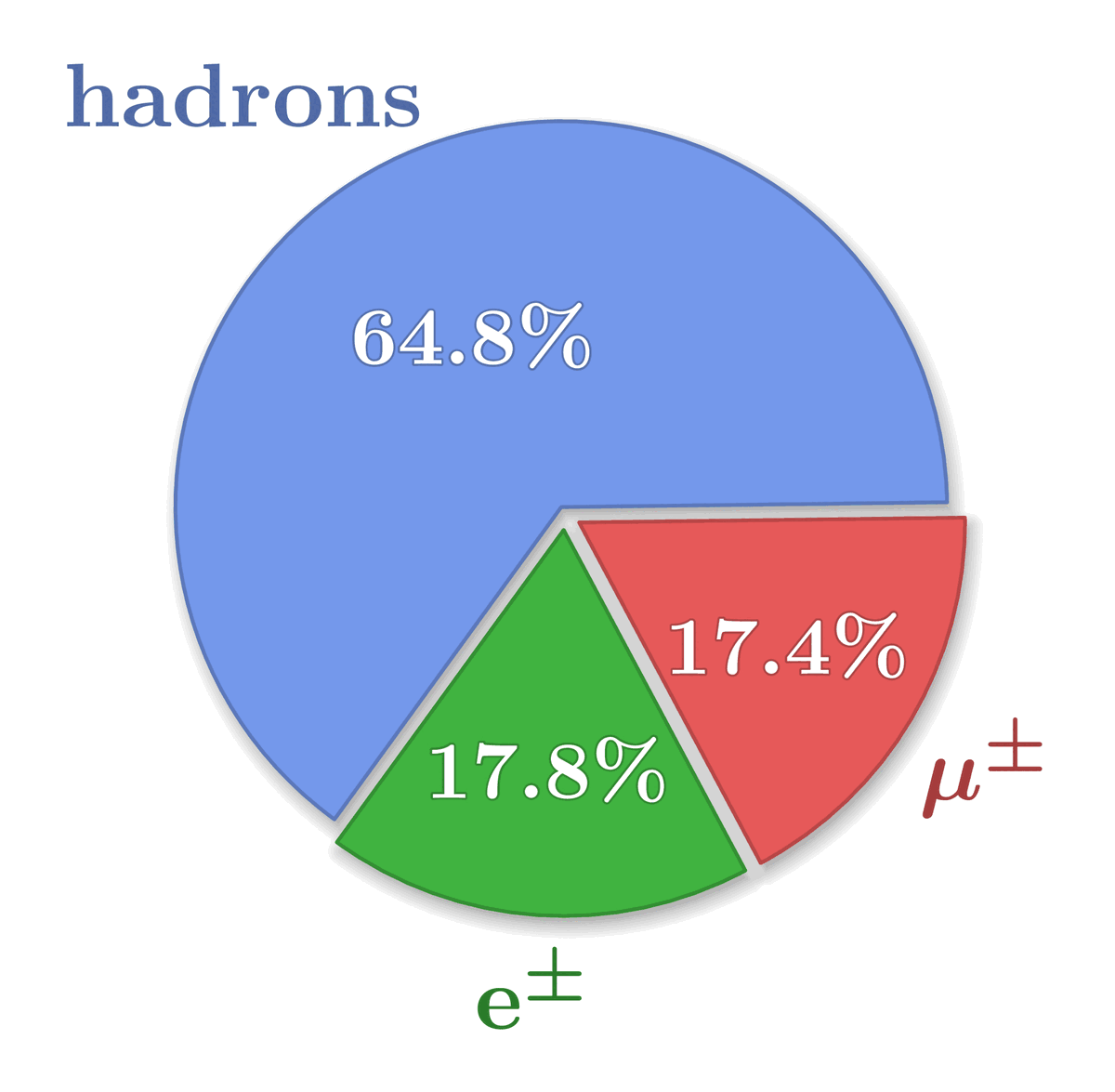Signatures of long-lived particles in the CMS detector.
Inspired by J. Antonelli’s presentation at ICHEP 2016.
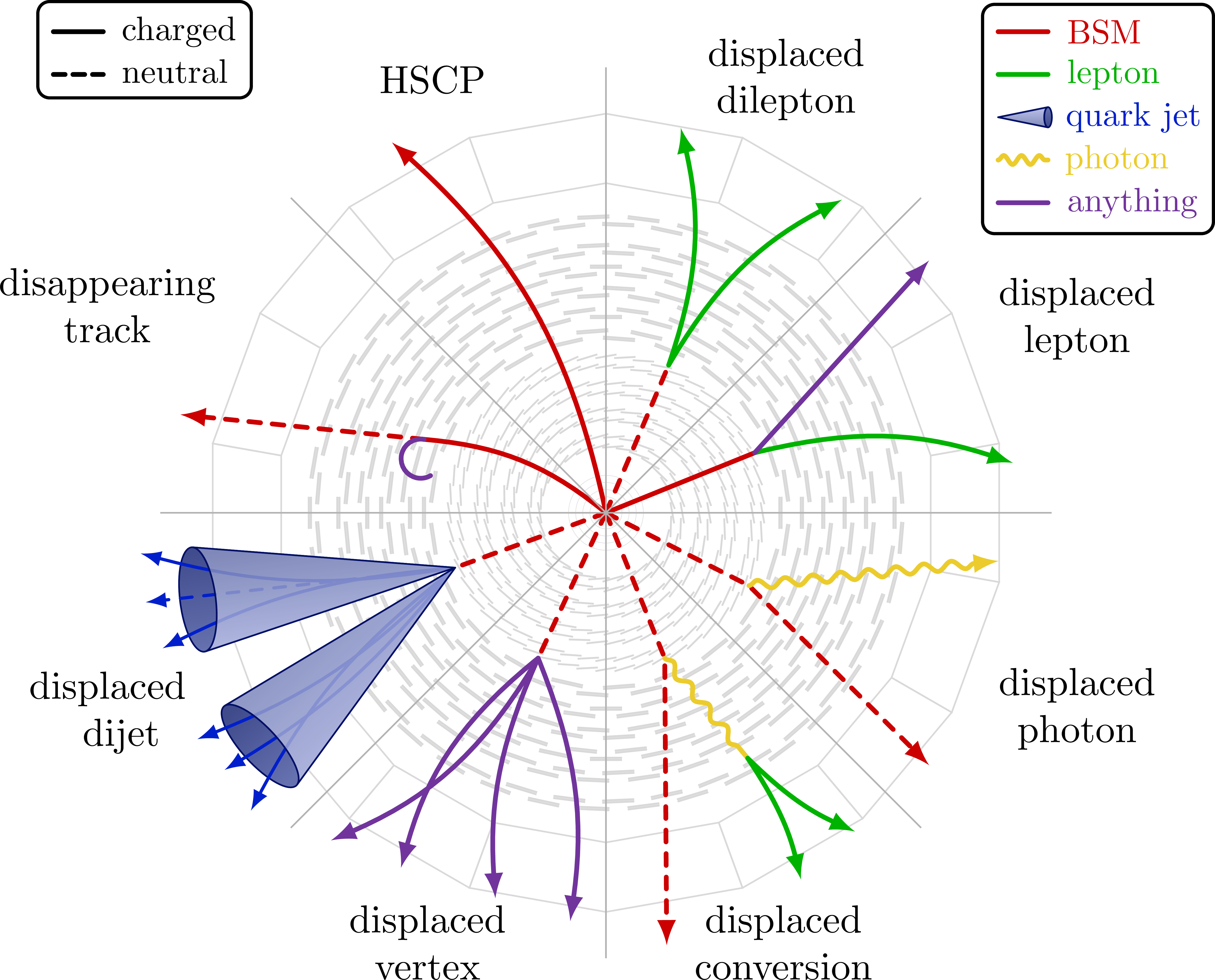
Displaced dilepton:
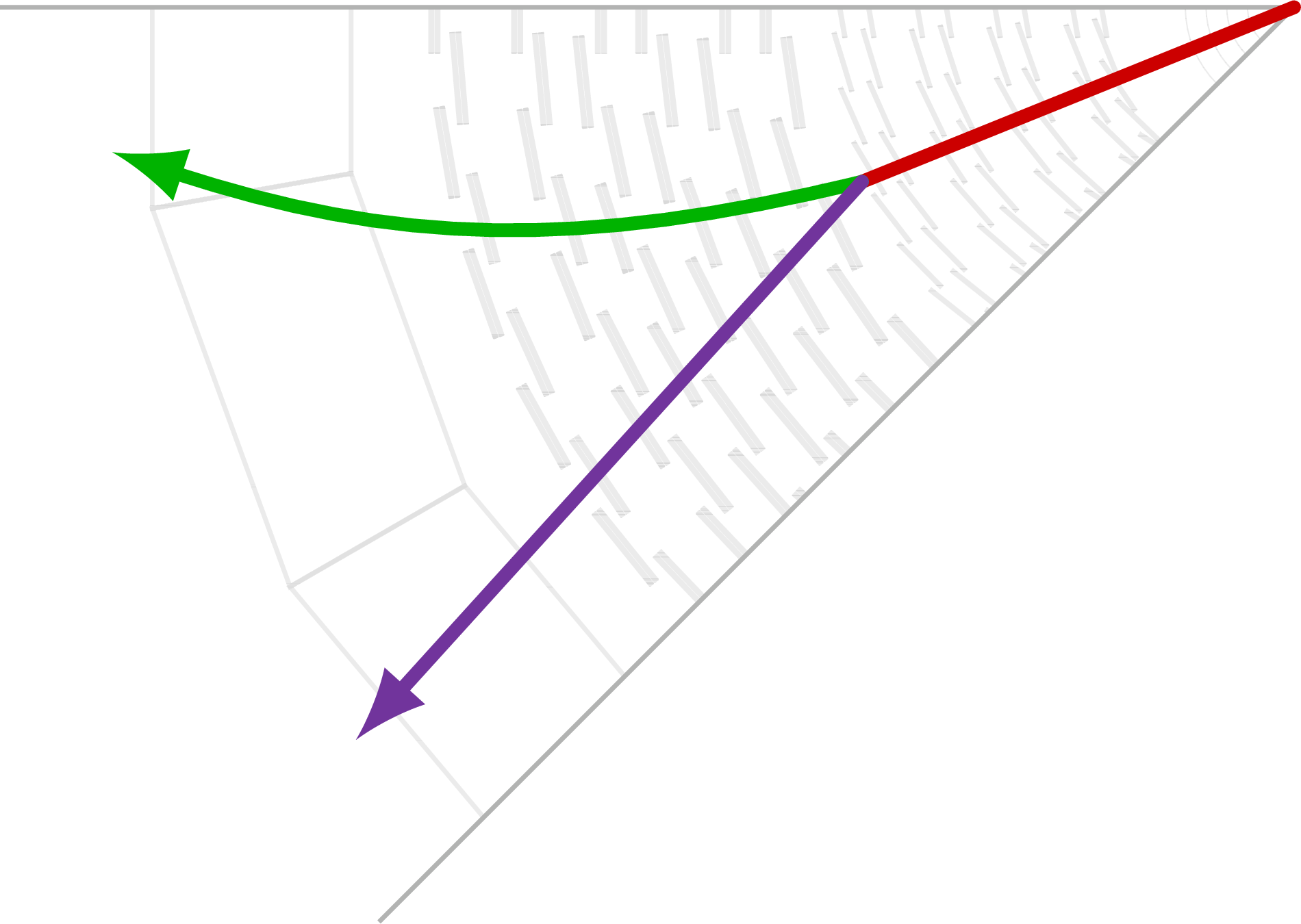
Displaced lepton:
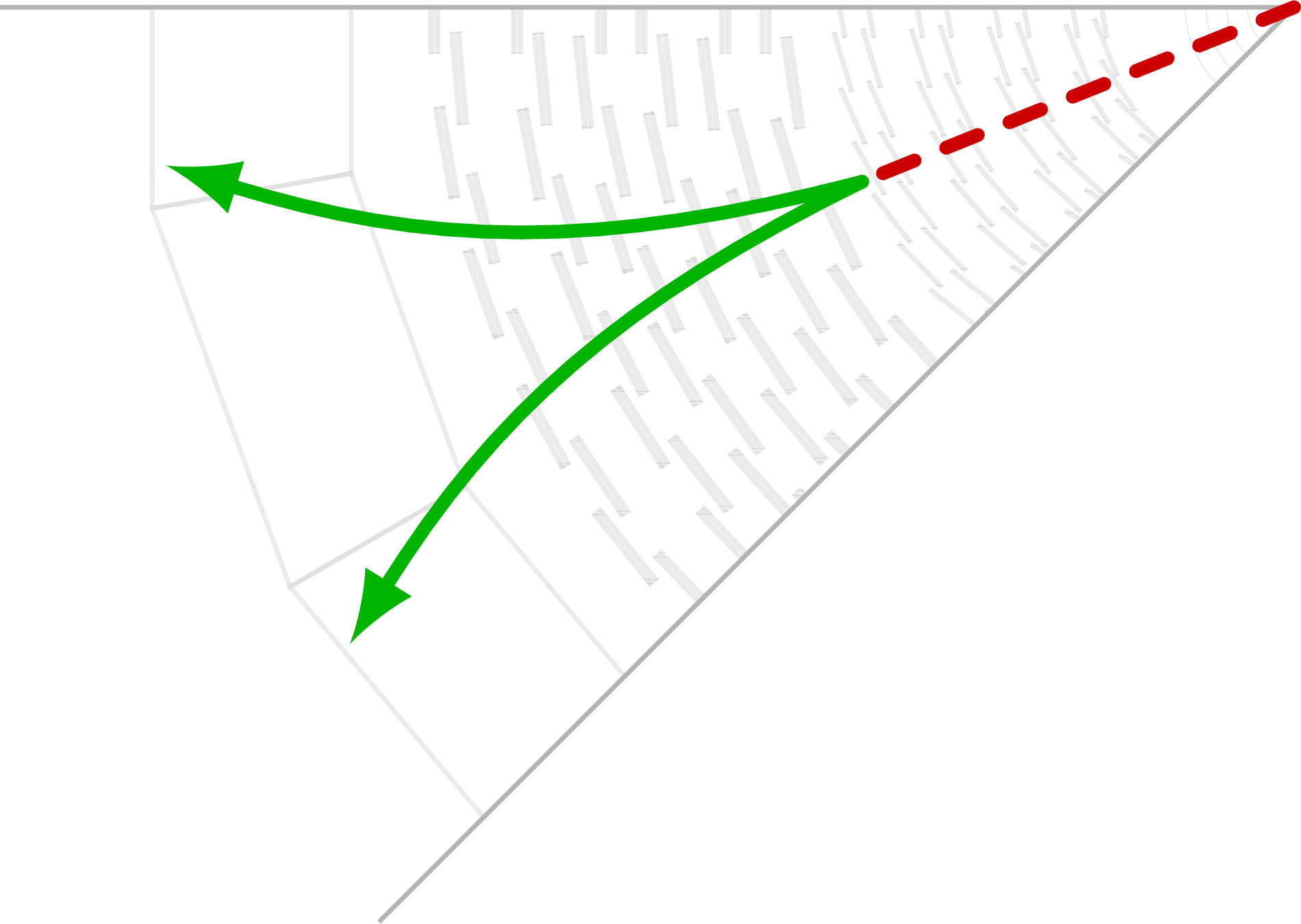
Heavy long-lived charged particle (HSCP):
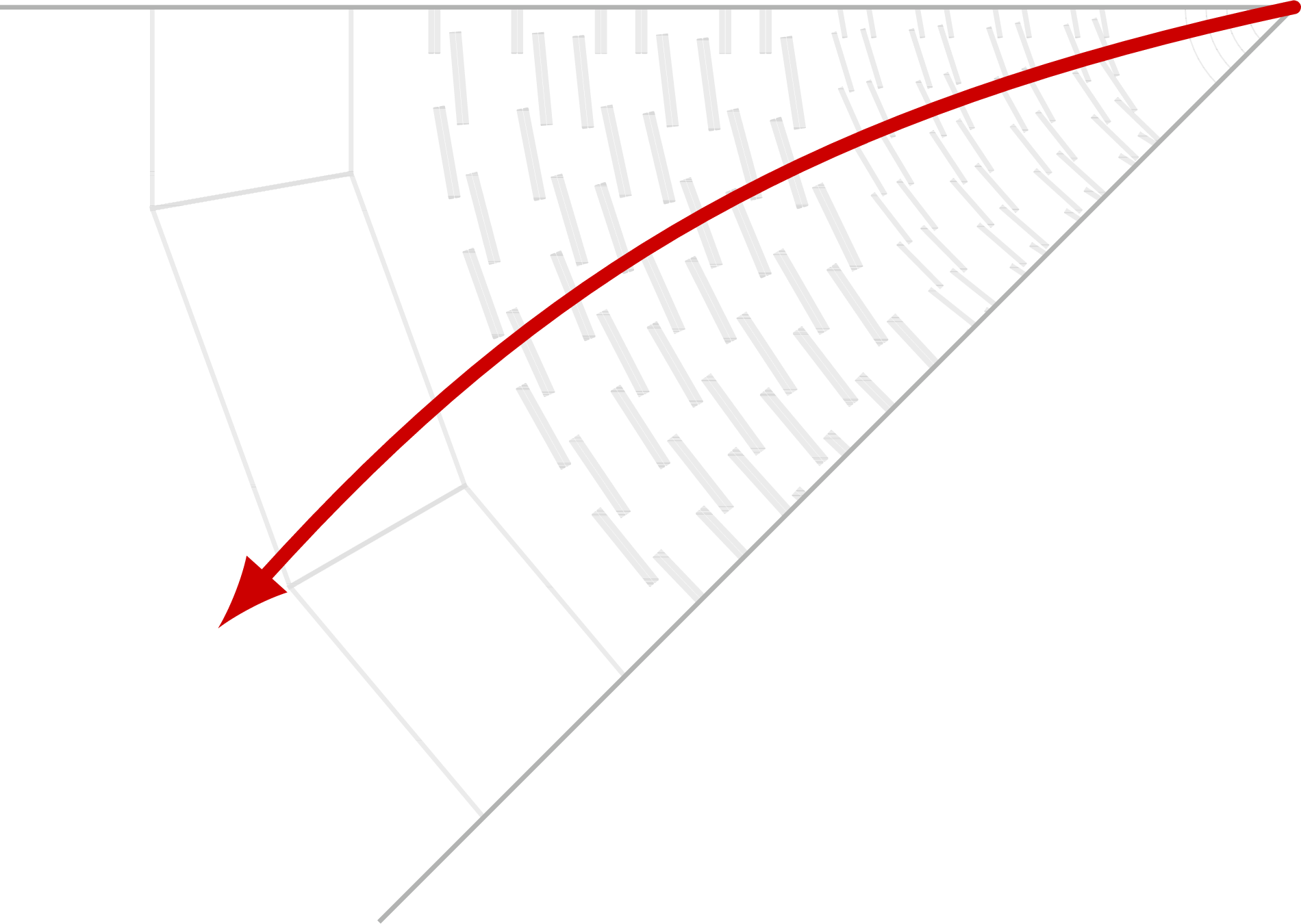
Disappearing track:
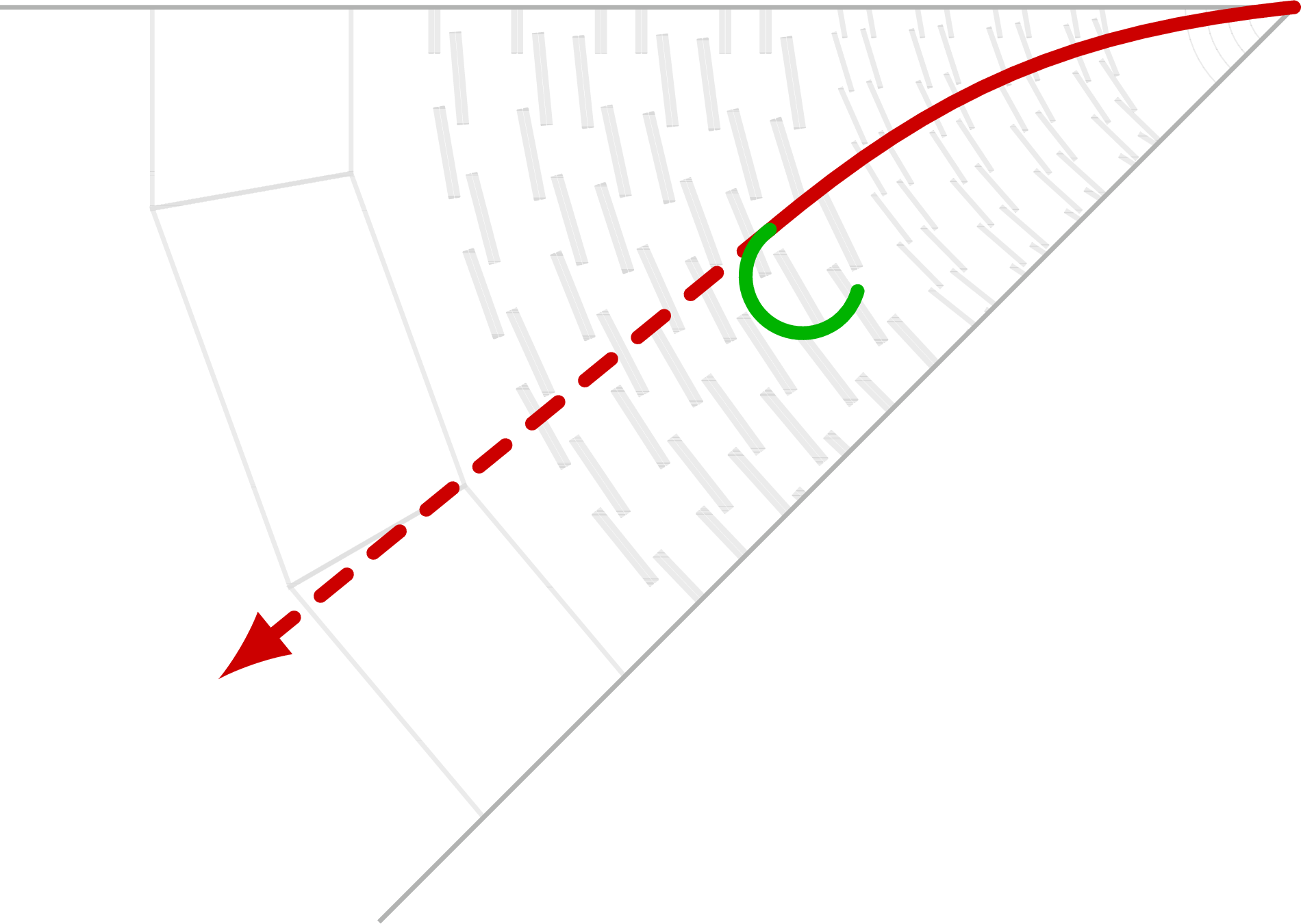
Displaced dijet:
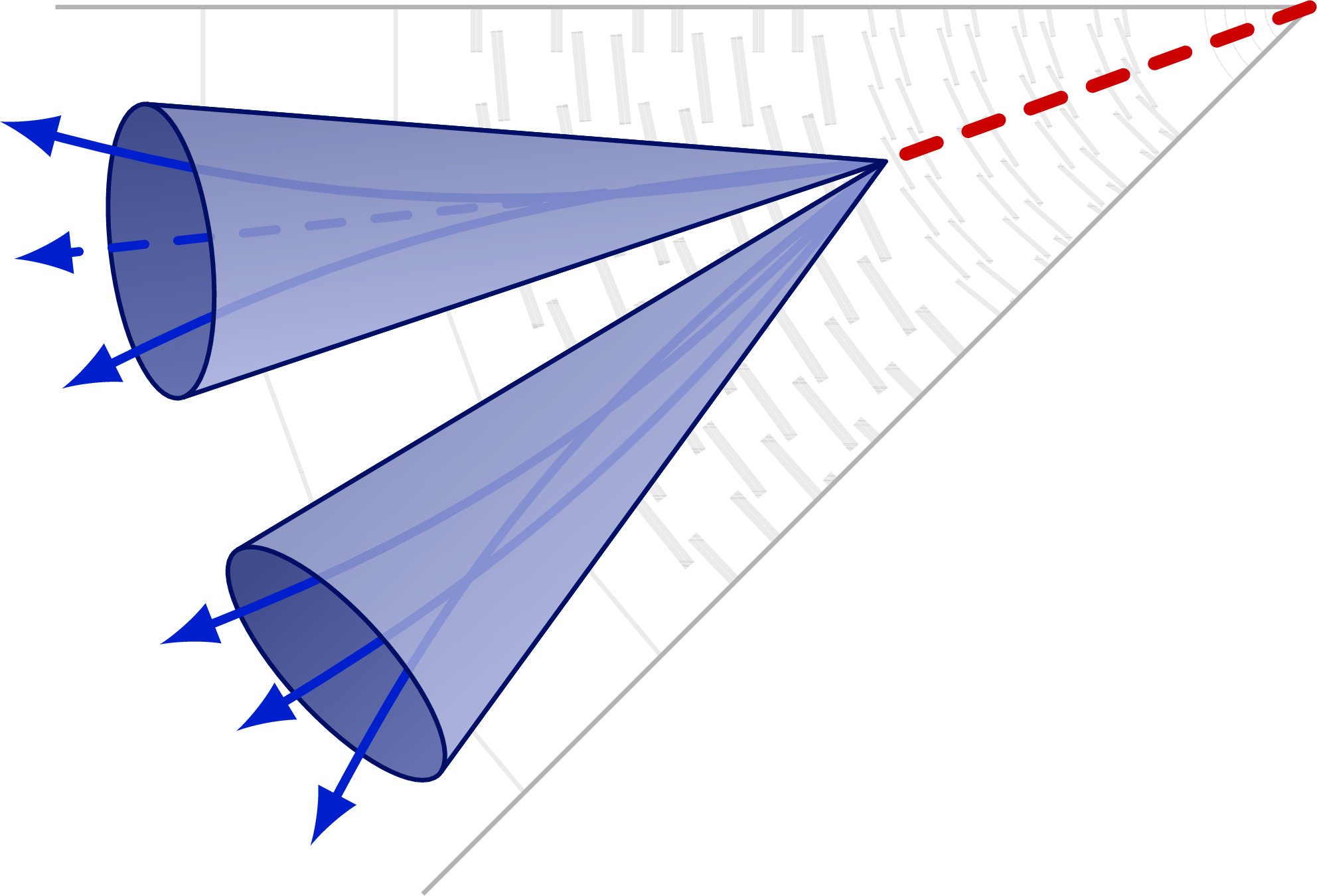
Displaced vertex:
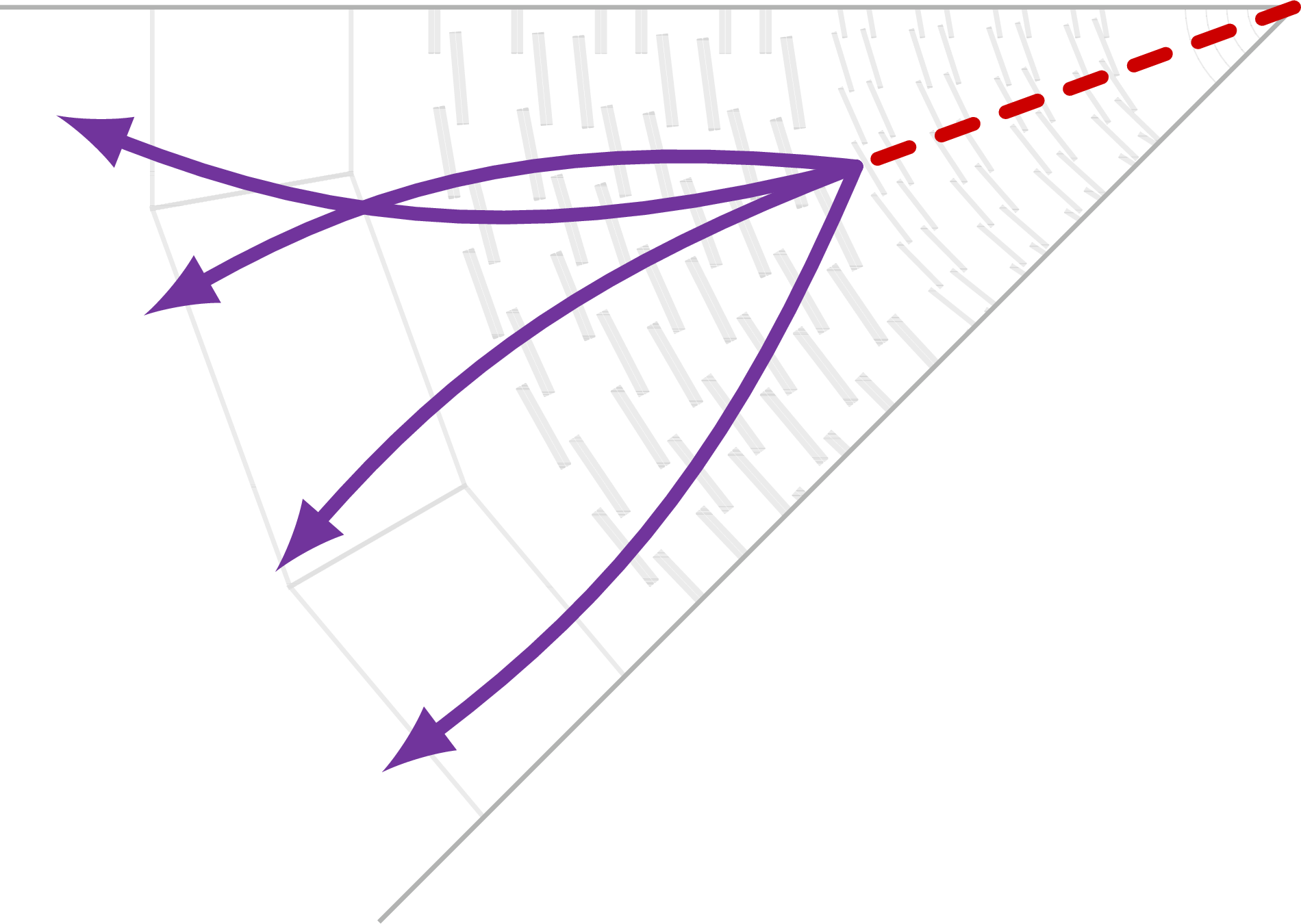
Displaced conversion:
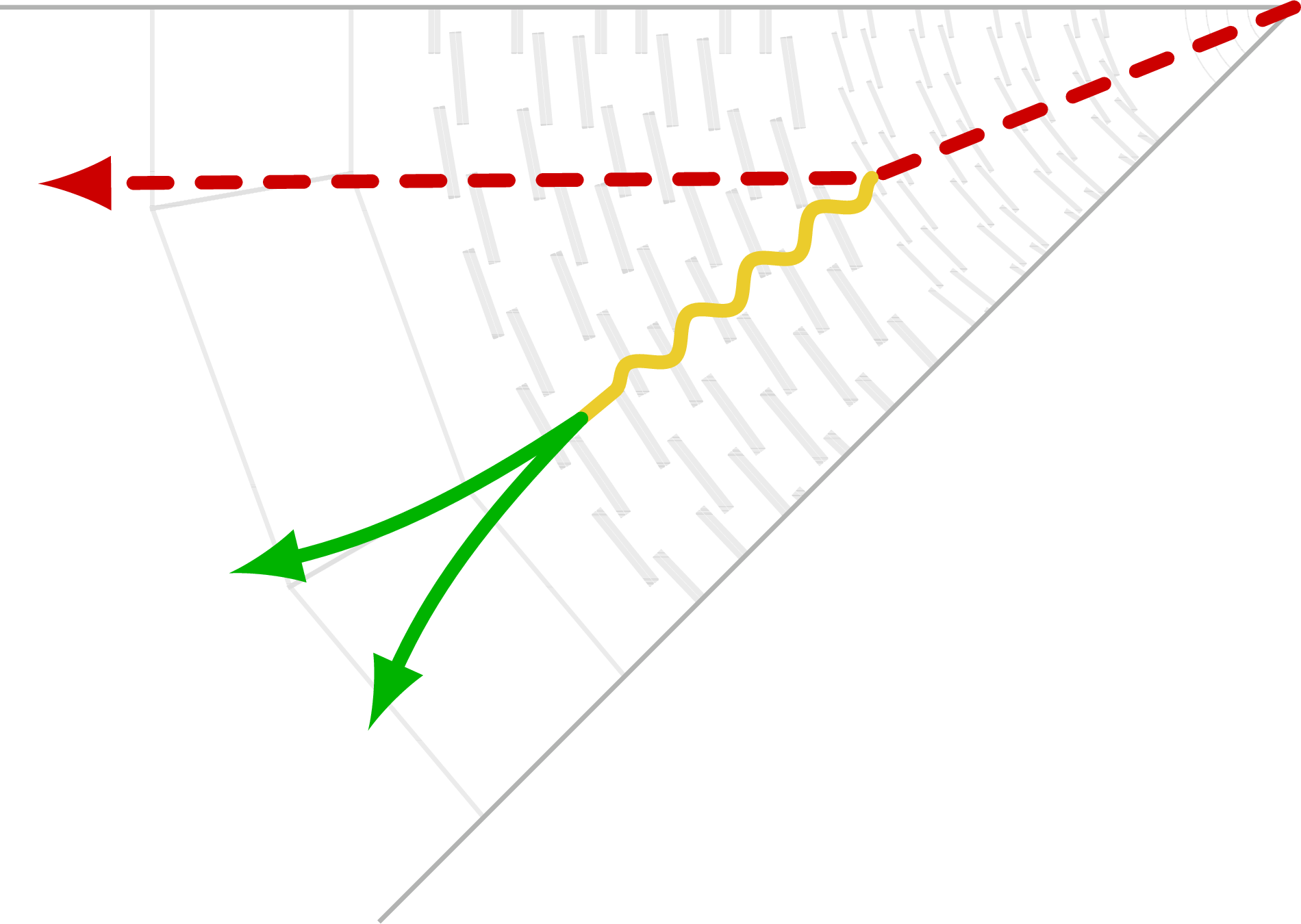
Displaced photon:
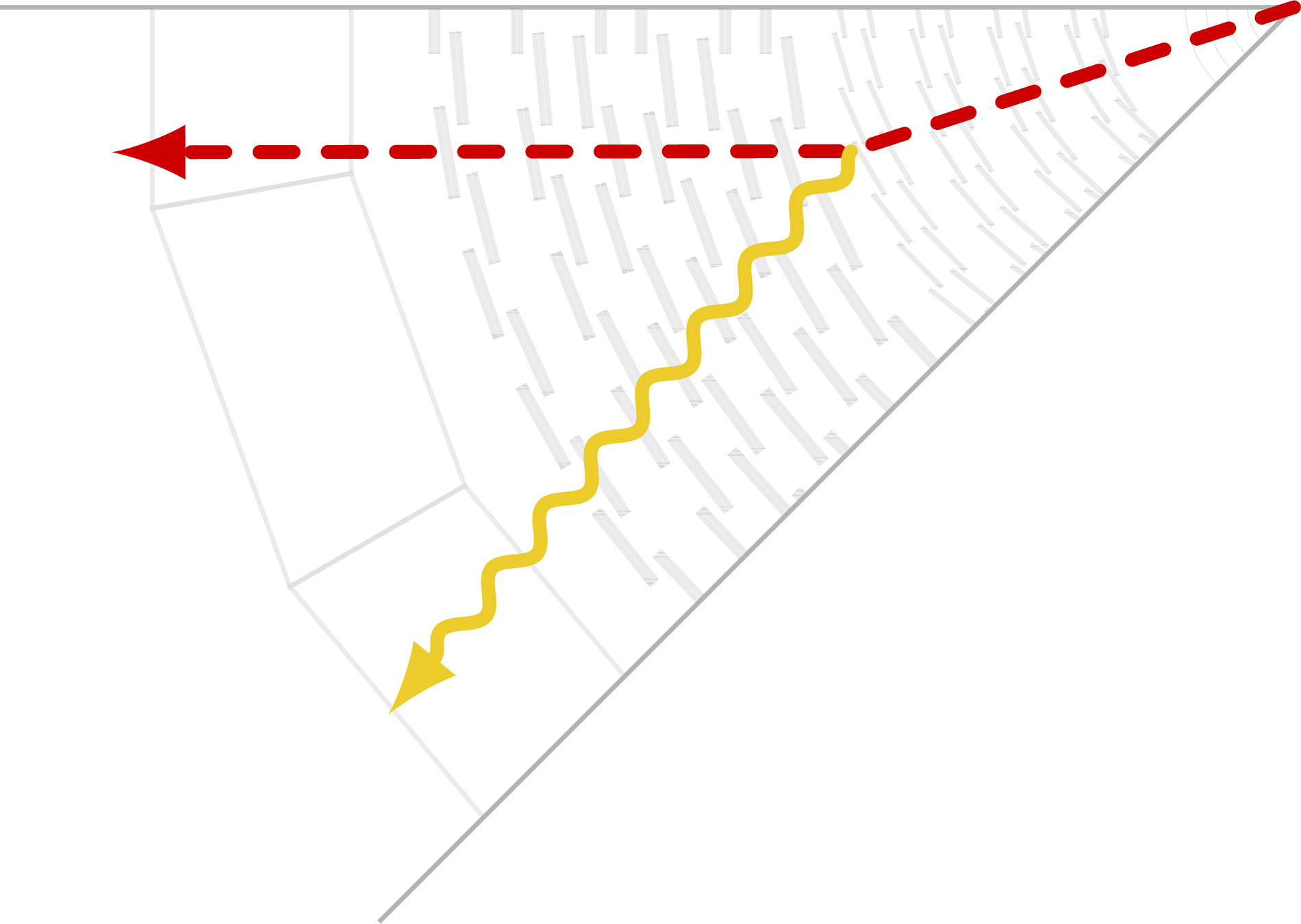
Displaced dilepton in association with a prompt lepton, like the single production of a heavy neutral lepton (HNL), denoted as N, where the HNL decays via a charged current to the fully leptonic final state:
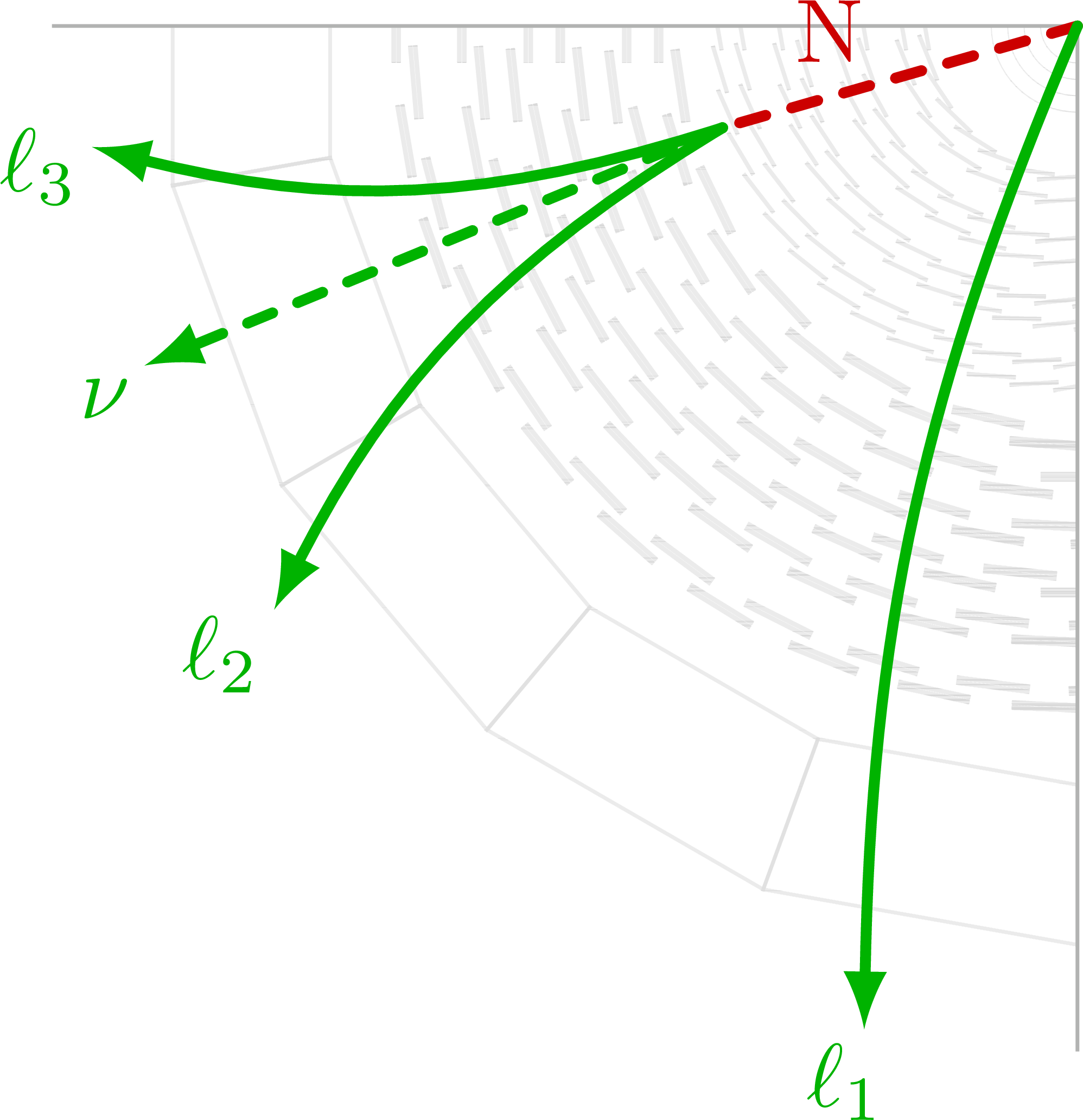
Displaced jet and lepton, in association with a prompt lepton, like single HNL production where the HNL decays via a charged current to the semileptonic final state:
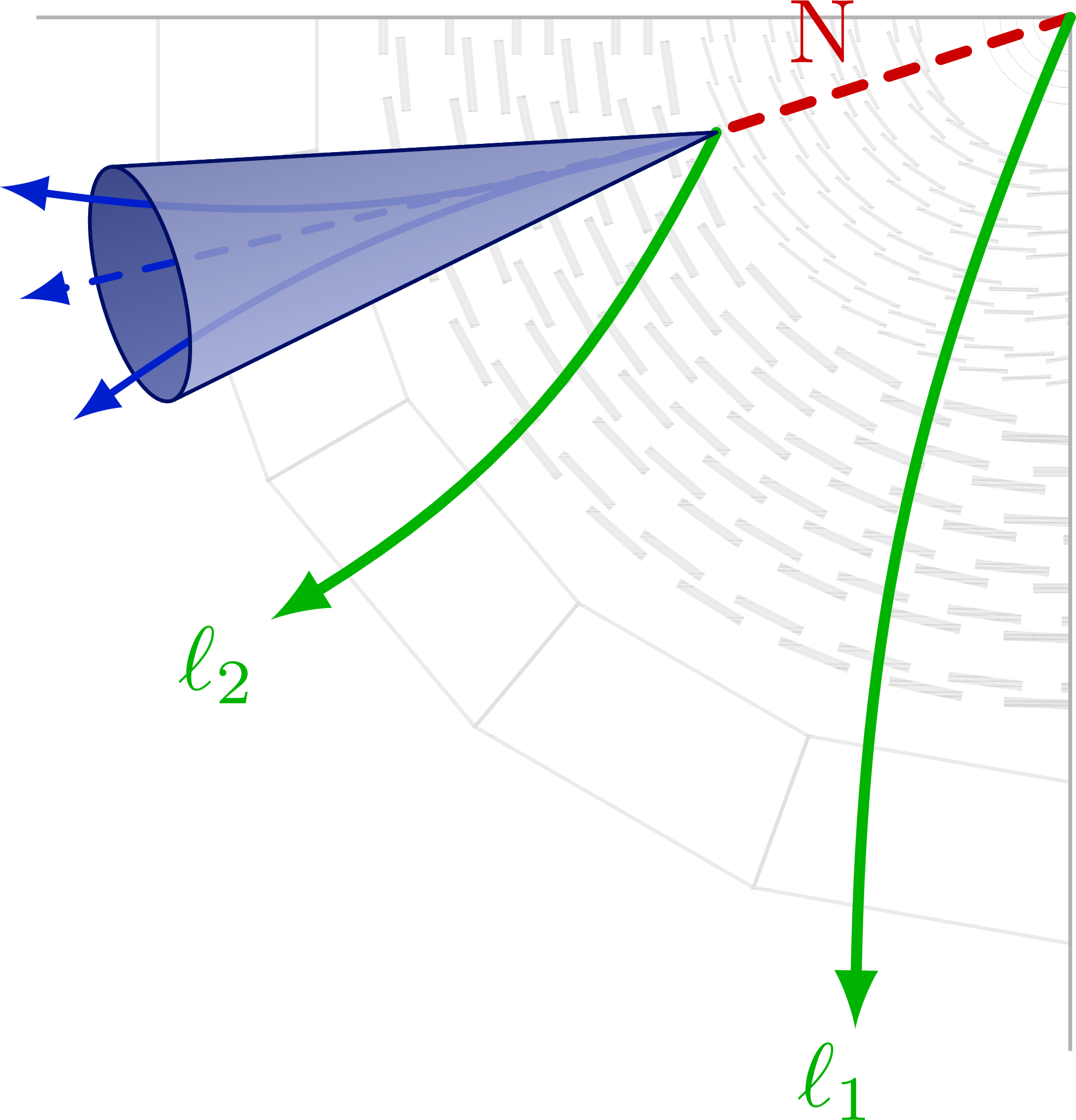
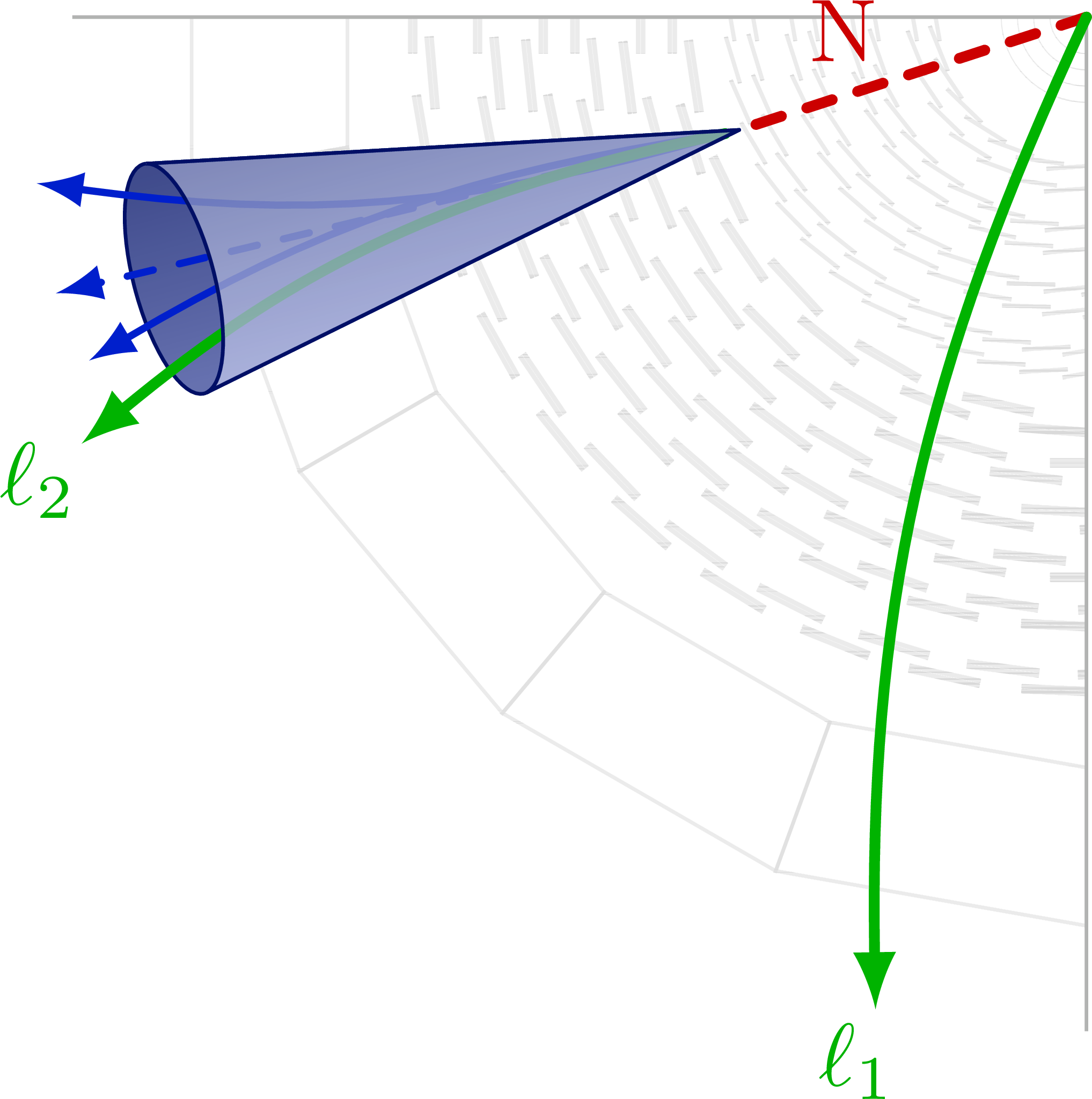
Fully leptonic HNL decay:
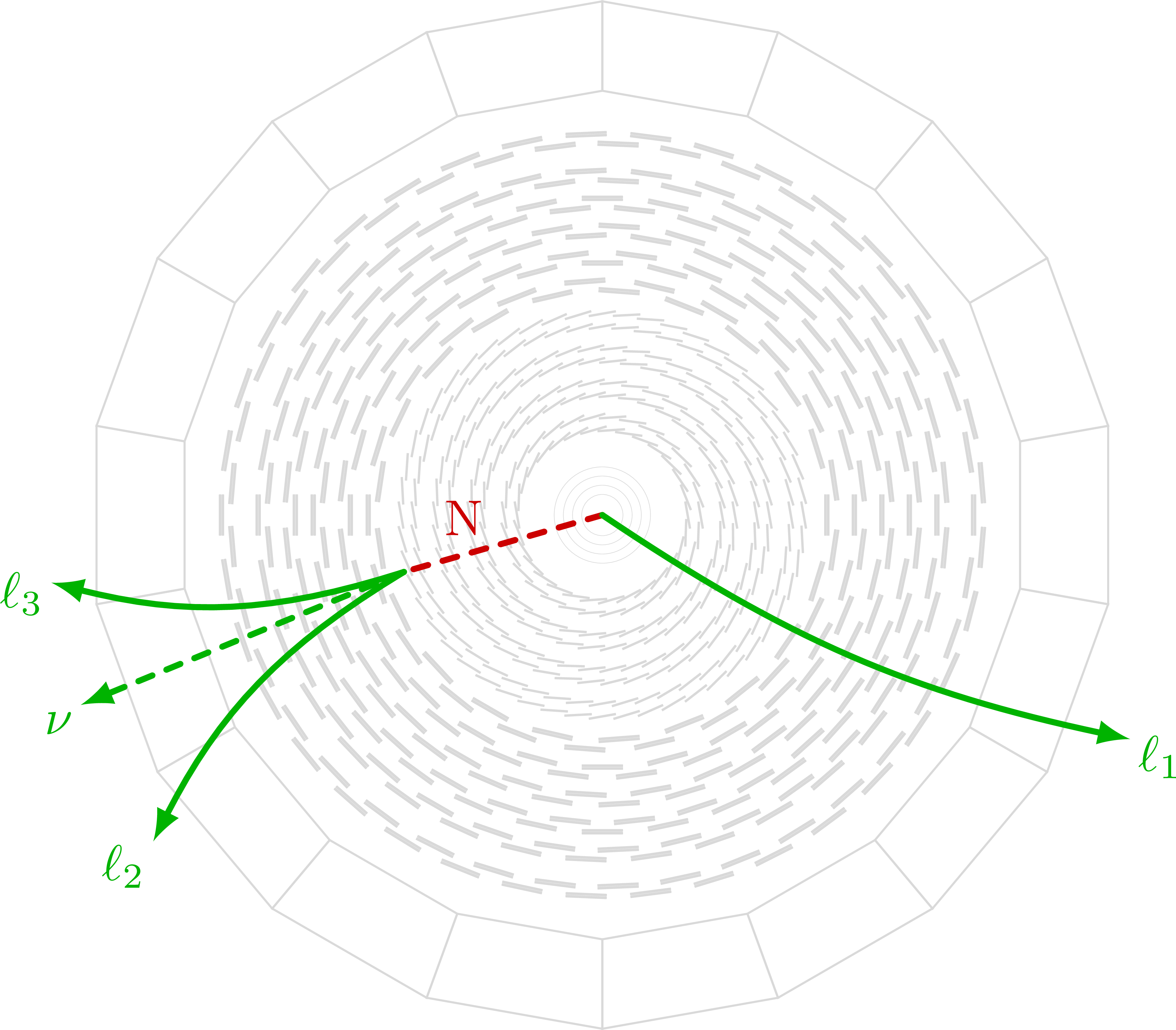
Semileptonic HNL decay:
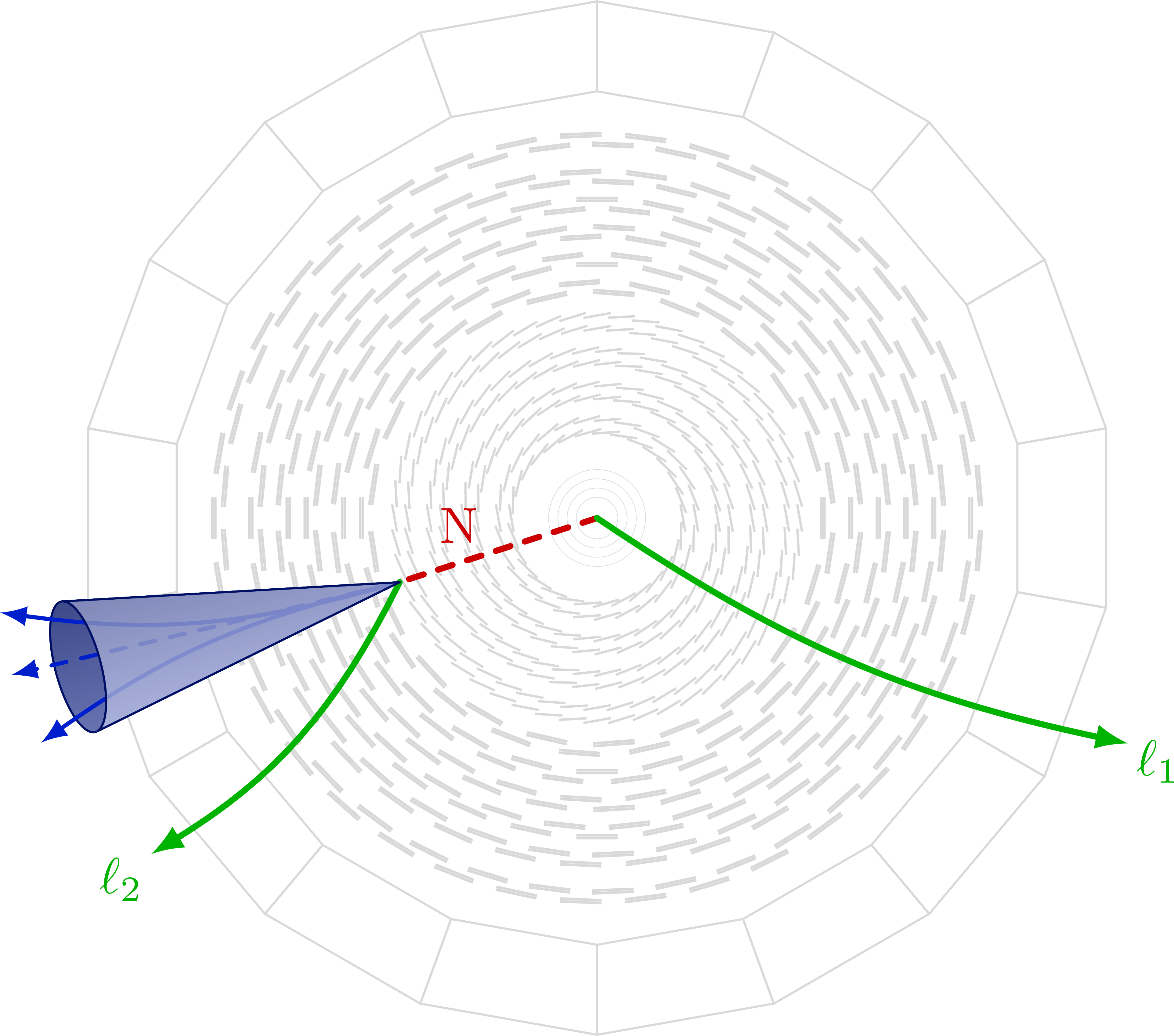
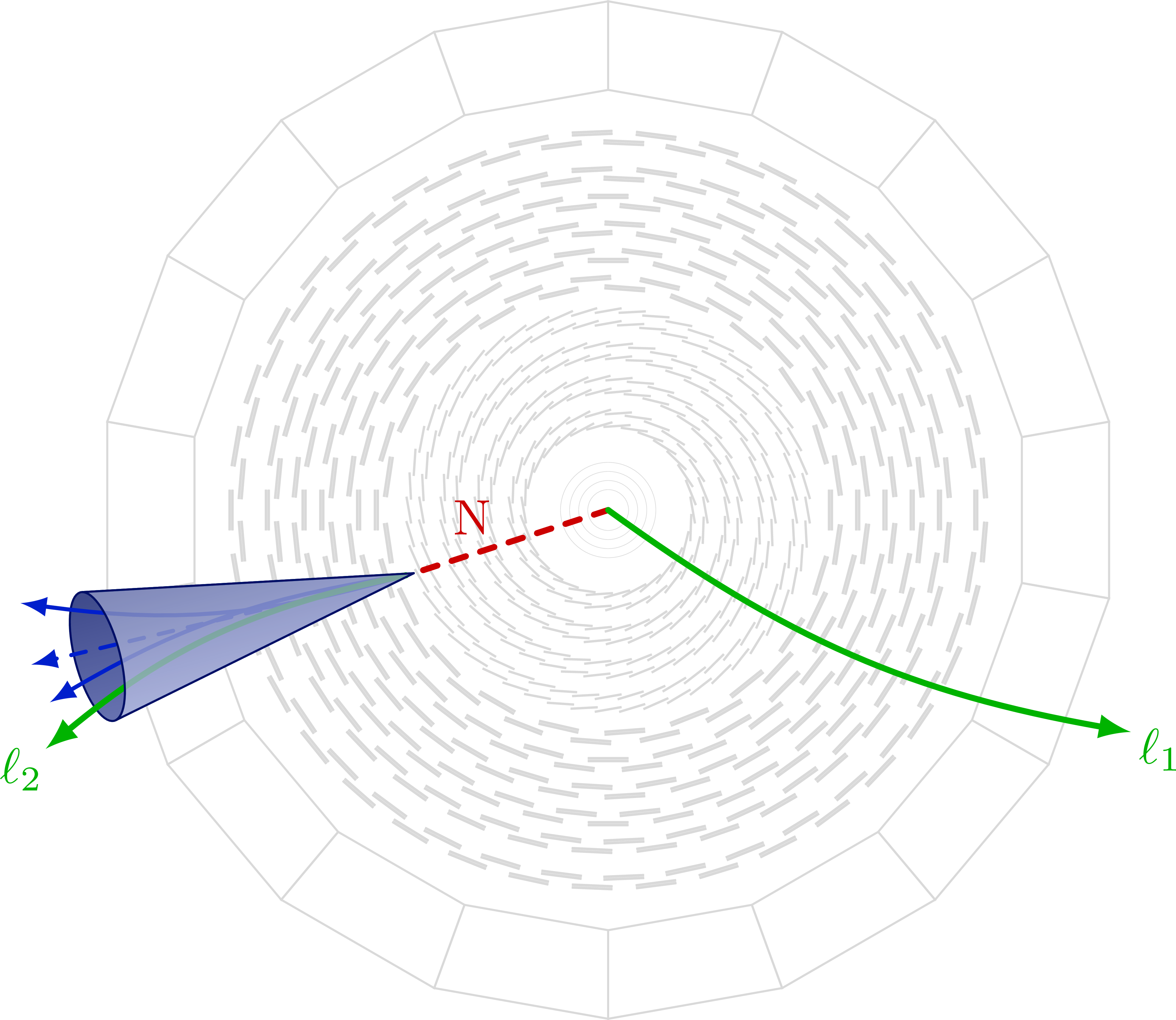
Edit and compile if you like:
Click to download: BSM_longlived.tex • BSM_longlived.pdf% Author: Izaak Neutelings (February 2023)% Description: Signatures of long-lived particles% Inspired by J. Antonelli in ICHEP 2016% https://indico.cern.ch/event/432527/contributions/1072042/attachments/1321320/1981614/Antonelli_ICHEP2016_CMSLLP.pdf% https://twiki.cern.ch/twiki/bin/view/CMS/ExoticaLongLived (CMS internal)% Sources:% CMS Silicon detector: https://cms.cern/detector/identifying-tracks/silicon-strips% LLPs: https://royalsocietypublishing.org/doi/10.1098/rsta.2019.0047% LLPs: https://hrussell.web.cern.ch/hrussell/graphics.html% LLPs: https://indico.cern.ch/event/607314/contributions/2542309/attachments/1447873/2231444/20170424_LLPs.pdf\documentclass[border=3pt,tikz]{standalone}\usepackage{amsmath}\usetikzlibrary{calc}\usetikzlibrary{math} % for \tikzmath\usetikzlibrary{decorations.pathmorphing} % for snake, coil, zigzag\tikzset{>=latex} % set default arrow head as latex% COLORS\colorlet{leptoncol}{green!70!black}\colorlet{quarkcol}{blue!85!cyan!80!black}\colorlet{photoncol}{yellow!80!orange!90!black}\colorlet{exocol}{red!80!black}\colorlet{anycol}{blue!80!cyan!60!red!95!black!90}% STYLES\tikzstyle{label}=[align=center,rounded corners=3pt] %fill=blue!60!cyan!80!black!15,\tikzstyle{legend}=[draw=black,thick,rounded corners=3pt] %,fill=blue!60!cyan!80!black!15\tikzstyle{entry}=[right=1pt,inner sep=4pt]\tikzstyle{particle}=[anycol,very thick,line cap=round]\tikzstyle{lepton}=[particle,leptoncol]\tikzstyle{quark}=[particle,quarkcol]\tikzstyle{track}=[quark,thick]\tikzstyle{photon}=[particle,photoncol,decorate,decoration={snake,amplitude=.4mm,segment length=2.5mm,post length=1mm}]\tikzstyle{charged exo}=[particle,exocol]\tikzstyle{neutral exo}=[charged exo,dashed]% JET CONE\newcommand\jetcone[6][quarkcol]{{\pgfmathanglebetweenpoints{\pgfpointanchor{#2}{center}}{\pgfpointanchor{#3}{center}}\pgfmathsetmacro\oang{#4/2} % half-opening angle
Open in Overleaf: BSM_longlived.tex


